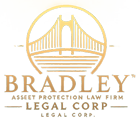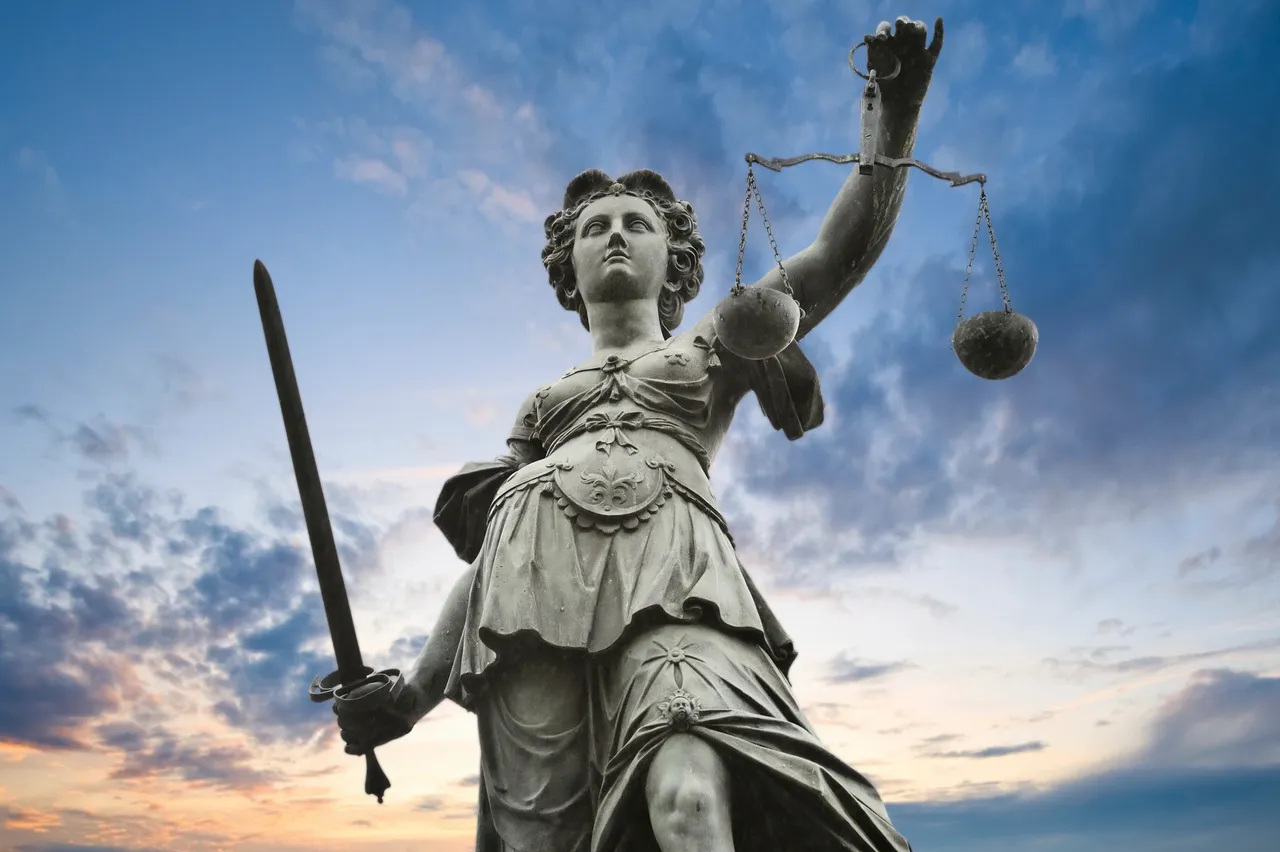When it comes to asset protection, many individuals consider removing their assets from U.S. jurisdiction to mitigate risk. However, this raises an important question: “How can you be assured that an offshore trustee won’t mismanage or abscond your money when you need to access the trust?” “How do you know they are not just going to take off with your money?” Really, how safe are offshore trusts? Concerns about offshore asset protection trusts often stem from fears surrounding potential scams or theft, fueled by the occasional media headline about fraudulent schemes.
While such scams do exist, they represent a very small fraction of the reality. Offshore trusts and offshore banking are widely recognized and used globally, offering legitimate avenues for wealth management and protection. The Bridge Trust® exemplifies a well-structured approach that effectively addresses these concerns by implementing comprehensive checks and balances to safeguard client assets.
How the Bridge Trust® Ensures Security
The Bridge Trust® employs several mechanisms designed to create robust safeguards for asset protection, ensuring that clients can confidently rely on its structure:
1. Approval and Consent Structure: The Bridge Trust® is built around a legal framework that requires the approval of multiple parties before any movement of assets can occur. This multi-party dynamic operates similarly to needing dual signatures on a check, ensuring oversight and mitigating risks associated with unilateral actions.
2. Transparent Banking Relationships: The trust can be partnered with major international banks selected by clients. The most common are the famous Swiss Banks. This relationship enables continuous visibility into the location and status of funds, which enhances transparency and client trust in the system.
The Four Primary Actors in a Bridge Trust®
Understanding how these protections work requires familiarity with the four main actors involved in a Bridge Trust® :
– Settlor (Client / Trustor / Grantor): The individual who establishes the trust.
– Trustee: The party responsible for managing the trust assets.
– Protector: An appointed individual, typically an attorney, tasked with overseeing the trustee’s actions.
– Beneficiary: The individual or entity entitled to benefit from the assets held in the trust.
Control Prior to an Event of Duress
All asset protection trusts are “self settled”. What this means is that before any potential crisis, you the client serve as the Settlor, Trustee, and Beneficiary, allowing you to maintain complete control over your trust assets. In the event of a legal crisis or if assets become significantly at risk, the Trust Protector can declare an “event of duress.” This activates a pre-defined process that allows the offshore successor trustee to take over as the trustee while under duress.
Maintaining Legal Control During Crisis
Once the Bridge Trust® is activated and transitions to its fully foreign state, maintaining control over the assets is paramount. Here’s how it is achieved:
1. Two-Party Approval Mechanism: For any significant actions regarding the funds, both the Trustee and the Protector must authorize the transactions. The Trustee cannot act independently; they must secure the Protector’s approval for substantial maneuvers such as transferring funds or altering asset management strategies.
The Role of the Trust Protector
The Trust Protector plays a pivotal role within the framework of the Bridge Trust®:
1. Oversight of the Trustee: The Protector is responsible for approving the Offshore Trustee’s actions, ensuring they align with the best interests of all beneficiaries.
2. Removal of the Offshore Trustee: If the Trustee fails to act in accordance with their fiduciary responsibilities, the Protector has the authority to remove them, adding an additional layer of asset protection.
Accountability and Client Oversight
A key aspect of the Bridge Trust®’s security measures is the ability for Settlors (clients) to oversee the Protector’s actions. Clients maintain the authority to remove and replace the Protector at any time for any reason.
Although there is a potential for collusion between the Trustee and the Protector, the risk is minimal. The Offshore Trustee should always be a reputable trust company with stringent internal controls and fiduciary obligations to the trust, think of South Pac, and the Protector is specifically chosen by you, the clients, and typically should always be an attorney or law firm.
Additional Safeguards
In addition to the built-in checks and balances, the Bridge Trust® incorporates an essential safeguard: a client acknowledgment procedure. The bank, typically a large private international institution selected by the client, implements a hold period before any withdrawal or transfer from the trust account. This protocol ensures that the bank requires personal confirmation from the Beneficiaries (clients) before executing any proposed transfers.
While Beneficiaries do not directly control the funds, this important requirement guarantees that any suspicious transaction is directly verified with the client. This delay introduces a necessary buffer, allowing clients to notify the bank of any potential impropriety and take steps to appoint a new Protector, who could select a new Trustee if needed.
This multi-layered framework effectively makes it virtually impossible to engage with trust assets without you, the beneficiary’s direct knowledge and consent. In conjunction with our commitment to employing the most stable and reputable institutions, clients can feel secure knowing their Bridge Trust® assets are safer than those in local banks.
Local banks are typically subject to U.S. court jurisdiction, which introduces potential risks, including scrutiny from plaintiff lawyers—where many legal troubles originate.
Conclusion
The Bridge Trust® is structured with intricate checks and balances designed for secure asset protection. By integrating comprehensive oversight mechanisms and additional safeguards, clients can maintain confidence that their assets are well-protected.
While concerns surrounding scams and misappropriation of funds in offshore trusts are valid, it is crucial to recognize that legitimate offshore banking and offshore trust solutions are common and utilized globally for robust asset protection. The Bridge Trust® not only mitigates these fears but also offers a compelling solution for individuals seeking to preserve and safeguard their wealth without sacrificing oversight or security.
Taking control of your financial, estate, and asset protection planning is vital for achieving peace of mind. Let us assist you in gaining that peace of mind by providing you with secure and well-structured asset protection solution tailored to your unique needs.
Call for a legal consultation with an asset protection lawyer at (888) 773-9399
By: Brian T. Bradley, Esq.




